How to Access Windows Movie Maker on Windows 10
Windows Movie Maker was a beloved video editing tool, discontinued by Microsoft in 2017 when they retired the Essentials Suite. Despite this, many users still cherish its simplicity and ease of use. If you’re looking to revive Windows Movie Maker on your Windows 10 device, this guide will help you safely download and start your first video project.
What Is Windows Movie Maker?
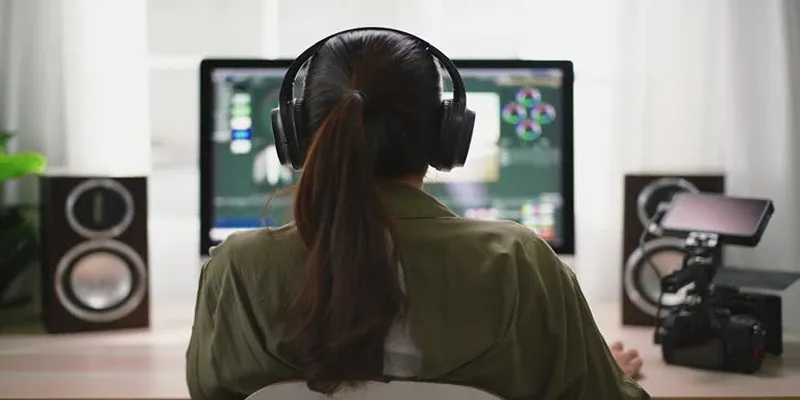
Windows Movie Maker is a straightforward video editing program that was once part of Windows Essentials. With features like timeline editing, transitions, filters, and text overlays, it enabled users to create home videos and small professional projects easily. Although discontinued, many Windows users continue to prefer it for its lightweight system and user-friendly interface.
Why Did Microsoft Discontinue Movie Maker?
In January 2017, Microsoft discontinued Windows Movie Maker to focus on more modern video tools like the Photos app’s video editor and third-party solutions. This move aligned with Microsoft’s transition to Windows 10, which aimed to replace outdated software with more innovative and secure applications. However, no direct replacement matches Movie Maker’s ease of use and nostalgia, leaving fans searching for ways to reinstall it.
How to Safely Install Windows Movie Maker on Windows 10
Since Microsoft no longer officially supports Movie Maker, you can’t download it from their website. However, you can still safely install the software by following these steps and avoiding sketchy websites offering unauthorized downloads.
Download Windows Essentials (2012)
Windows Movie Maker was part of the Windows Essentials 2012 suite, which included tools like Mail, Writer, and OneDrive. To install Movie Maker, locate a safe download of Essentials 2012 from a reputable source.
- Find a Trustworthy Source: Search for a reliable website offering the Windows Essentials 2012 installer. Opt for well-reviewed software repositories like OldVersion.com or Archive.org to avoid malware risks.
- Check File Integrity: Verify the file before installation. Most reputable sites provide checksums or file signatures to compare, ensuring the file hasn’t been tampered with.
- Install Essentials 2012: Run the installer and select “Choose the programs you want to install” during setup. Choose only Movie Maker and Photo Gallery to avoid unnecessary clutter.
How to Use Windows Movie Maker on Windows 10
Once installed, you can start editing videos without hassle. Here’s how to create your first project and explore its features.
Step 1: Launch Windows Movie Maker
Search for “Movie Maker” in the Windows 10 Start menu and launch the program. If it’s your first time, you’ll see the classic interface with a timeline section and preview window.
Step 2: Import Your Media Files
Click “Add videos and photos” in the Home tab to import clips or images into your project. Movie Maker supports various file types, including MP4, AVI, MOV, and PNG. Rearrange or delete clips directly on the timeline.
Step 3: Add Effects, Transitions, and Text
- Effects: Under “Visual Effects,” choose filters to color grade or tweak clips. Options include “Sepia,” “Blur,” and “Black and White.”
- Transitions: Apply smooth cuts between clips using transition effects under “Animations.”
- Text Overlays: Use “Title” or “Caption” options to add text, such as opening credits or captions with customizable fonts and colors.
Step 4: Edit the Timeline
Organize your timeline by dragging and dropping items. Right-click any clip to trim, split, or adjust playback speed as needed.
Step 5: Add Audio or Narration
Under “Add Music,” insert pre-recorded music or voiceovers to enhance your video. Adjust audio levels and fade effects using the “Project” tab for sound quality.
Step 6: Save and Export Your Video
When finished, click “Save movie” in the File menu. Choose your resolution (e.g., “For high-definition display” or “YouTube”) and file format. Exporting is quick, depending on video length and quality.
Is Windows Movie Maker Still Worth Using?
In a world where professional tools like Adobe Premiere Pro and DaVinci Resolve are popular, Windows Movie Maker remains practical for lightweight editing. Its simplicity and effective features make it ideal for quick projects like family slideshows and social media content. However, since it’s no longer updated, some modern file formats or advanced editing needs may require alternative software.
Alternative Video Editing Tools for Windows 10

If you can’t install Windows Movie Maker or seek a more modern approach, here are recommended alternatives:
Shotcut
Shotcut is a free, open-source video editor for Windows, Mac, and Linux. It offers features like 4K HD resolution support, customizable filters, multiple tracks, and timeline editing. Though the interface can be intimidating, tutorials are available to help you start.
VSDC Free Video Editor
VSDC boasts advanced features such as color correction and precise cutting options. While not the most user-friendly for beginners, it’s powerful for more experienced editors.
OpenShot
OpenShot is a beginner-friendly option with an easy-to-navigate interface. It offers features like video trimming, cutting, merging, and fun effects like slow motion.
Final Thoughts
Though Windows Movie Maker is no longer part of Microsoft’s lineup, its simplicity and ease of use remain appealing. Perfect for editing family videos or creating simple projects, it provides essential tools to get started. Ready to dive in? Follow our guide to safely install Movie Maker on Windows 10 and enjoy effortless video editing with just a few clicks!
Related Articles

Must-Know Tips for Getting Started with Windows Live Movie Maker

Fix the Windows Movie Maker Black Screen Problem
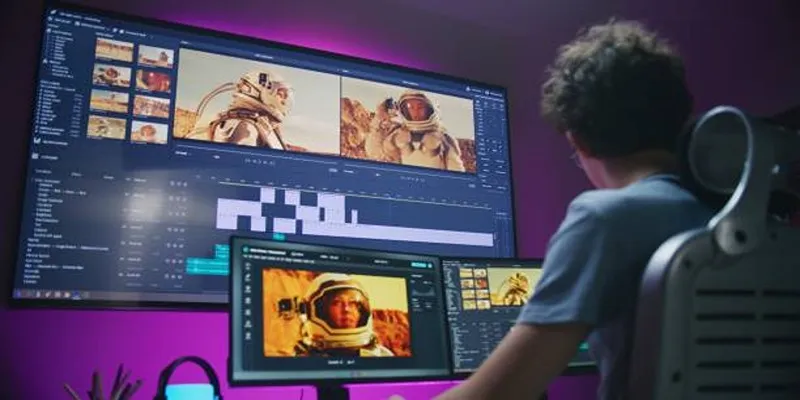
Step-by-Step Guide: How to Use Windows Movie Maker

LightCut 2025 Review: The Best Video Editor for Android and iPhone

5 Best Online Tools to Replace Windows Movie Maker

How to Easily Edit Videos for Free Using Windows Movie Maker

Free Video Editing Software for Mac OS X: 10 Excellent Choices

Stop Motion Made Easy with Windows Movie Maker: A Complete Tutorial

The Best 7 Movie Makers for Mac Users in 2025

Steps to Download Movie Maker Free and Start Creating
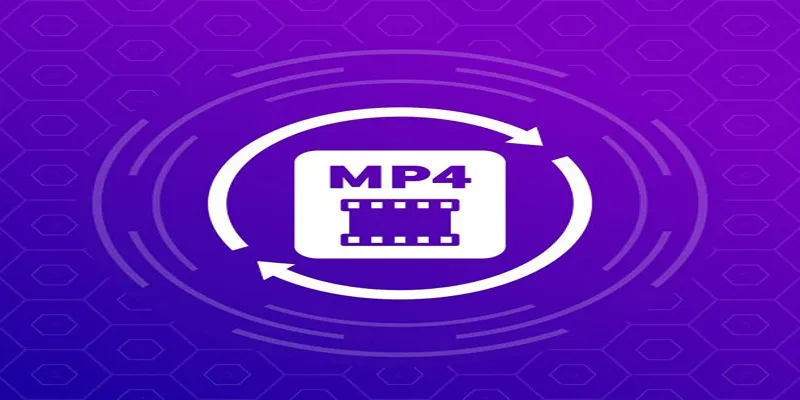
Easy Steps to Convert MP4 for Use in Windows Movie Maker

How to Create an Amazing AMV Using Windows Movie Maker
Popular Articles

A Beginner’s Guide: How to Install and Setup Yoast Comment Hacks for WordPress

Top Tips for Designing Eye-Catching Video Presentations on Any Device

Step-by-Step Guide to Playing ARF Files on Your Windows PC

Connecting Google Sheets to WordPress Seamlessly

The 10 Best AI Video Tools in 2025 to Create Smart Content Fast

How to Stay Productive: Essential Tools for Remote Workers in 2025

8 Apps to Help You Focus and Block Distractions in 2025
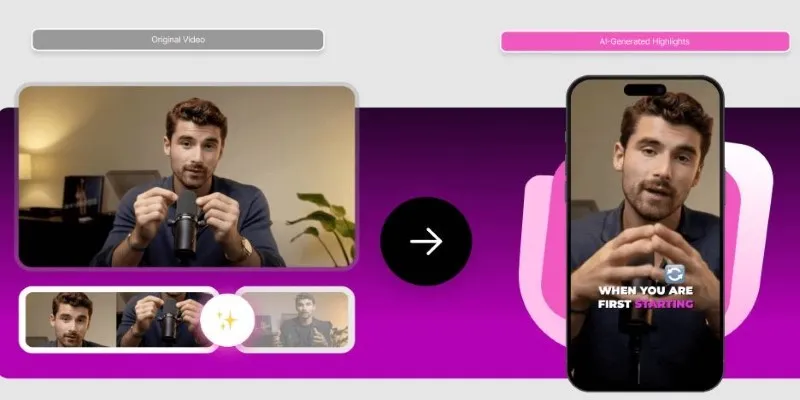
AI Highlight Video Makers: Top 3 Tools to Capture Best Moments

Best Tools to Access WTV Files on Both Mac and Windows

How to Use Browse AI to Scrape Data from Any Website: A Step-by-Step Guide
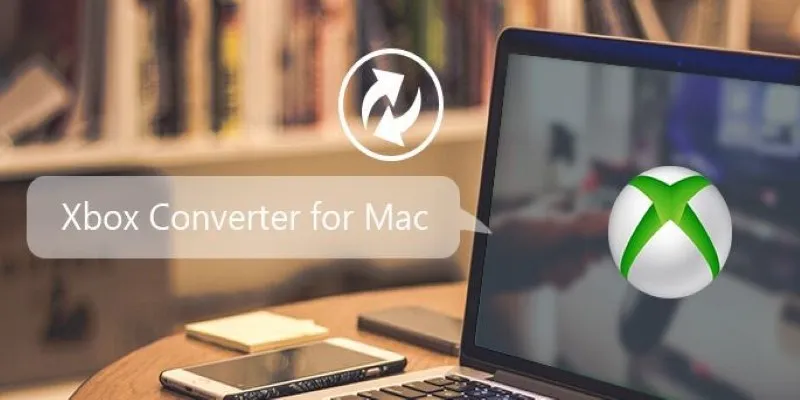
5 Best Xbox Converter Apps and Devices for Mac

 mww2
mww2